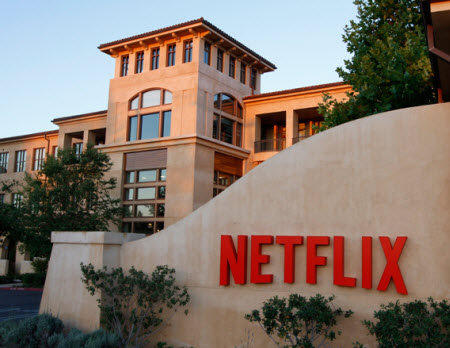Netflix Earnings Preview: 5 Things to Watch

RELATED:Analyst’s Questions for Netflix Go to 11
Netflix will report its second-quarter earnings Wednesday (July 15), following an incredible run-up in its stock price this year that has seen the per-share price more than double from $341.61 on Dec. 31, 2014, to $702.60 on July 14.
Netflix now ranks as the best performing stock on the S&P 500 for the first half of this year, per the Wall Street Journal.
The company’s seven-for-one stock split, which will take effect Wednesday before the Q2 earnings report, could further boost prices by making it more affordable to additional investors, and most analysts have been raising their price targets with generally positive reports. But, as highlighted by the WSJ in an article titled “Hot Netflix Not Ready for Its Close-Up,” many contrarians noted that free cash flow by non-GAAP measures has been negative over the last three quarters.
Both bulls and bears, however, agree on five key factors that will weigh heavily on the stock’s performance following the Q2 earnings report.
Subscriber Counts
The street consensus for the Q2 report is revenue of about $1.65 billion, higher than the $1.47 billion management has promised, and earnings per share of about $0.31. (Or $0.04, if Netflix reports it in terms of the stock split.) Management has forecast $0.26 earnings per share.
Multichannel Newsletter
The smarter way to stay on top of the multichannel video marketplace. Sign up below.
The big metric though will be subscriber counts. The 2nd quarter has traditionally been a slower one for Netflix, and management is predicting about 2.5 million net additional subs, fewer than the 4.88 million adds reported in Q1 of 2015.
International Markets
The saturation of the U.S. market, where the company hopes to hit nearly 41 million paid members in the Q2 report, means that its aggressive international expansion will be closely watched. Netflix is predicting it will have 21.50 million paid members with 1.9 million net ads in Q2 outside the U.S. That marks significant growth over a year earlier in Q2 of 2014 when it had about 12.9 million paid members. But international net adds will drop from the 2.28 million seen in Q1 of 2015.
Rapid international expansion has however cut into profits, producing negative free cash flow and significantly reducing operating income.
Programming Costs
The most bearish argument against Netflix has long been rising programming costs. Proponents of that view haven't slowed the company’s rapidly rising stock price. But those costs remain a major question mark, particularly as Netflix buys more international rights and ramps up its original programming.
At the end of the first quarter, streaming content obligations hit $9.8 billion, up from $7.1 billion at the end of Q1 in 2014. The company points out that this increase of 31% is in line with the growth in streaming revenue, which grew by 31% year over year from Q1 2014 to Q1 2015.
OTT Competition
Much of Netflix’s success with investors has been based on the idea that consumers will give up multichannel TV subscriptions for its OTT service.
So far, traditional pay TV subscriber loses have been miniscule — around 0.1 to 0.3% in the last two years. In fact, management has long maintained that the two offerings are complementary, and it continues to work to expand the availability of the Netflix offering on traditional pay TV operators like Dish and Atlantic Broadband.
Worries about a stagnant multichannel TV business have, however, encouraged many programmers to launch their own OTT subscription offerings and convinced some operators like Dish and Comcast to launch their own bouquets of streaming services.
Those offerings, which have only been in the market a short time, are unlikely to have much of an impact in the second quarter. But competitors like Amazon and Hulu continue to invest heavily in new programming and in the longer term, the trend towards wider usage of OTT services could actually produce some challenges for Netflix.
Price Increases
Whether and when Netflix will raise prices has been a longstanding question . Management has insisted it is comfortable with current pricing. But the company’s success after its last increases indicates that it may still have more headroom in raising subscription costs or carving out new tiers.
Read more at broadcastingcable.com.
